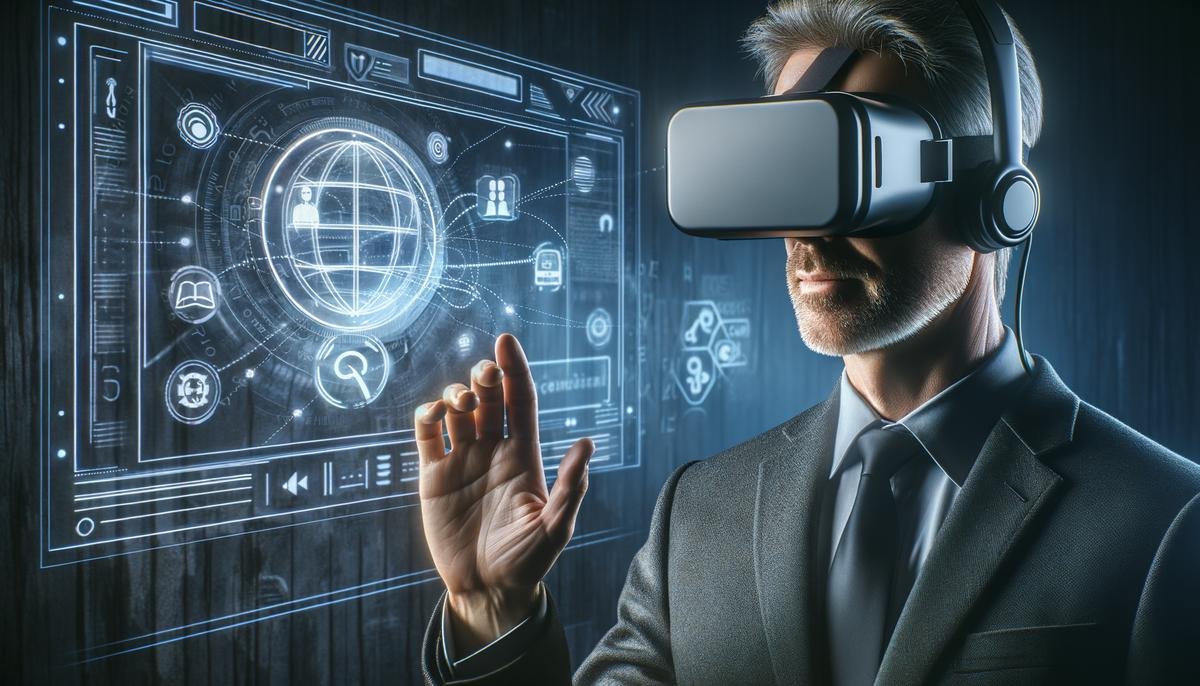Artificial intelligence is making significant strides in language learning, offering learners personalized experiences that adapt to their individual needs. By focusing on specific areas of improvement, AI tools create a more engaging and effective learning journey.
Personalized Learning with AI
AI is reshaping language learning through highly personalized education paths. By examining how quickly someone picks up new words or grasps sentence structures, AI tools offer lessons tailored to the learner. These systems learn your strengths and weaknesses, then adjust the course material to keep it relevant and engaging.
For example, if a learner excels at vocabulary but struggles with grammar rules, the AI emphasizes grammar drills while lightly refreshing vocabulary skills. This approach ensures each study session is impactful and worthwhile.
The quick feedback feature of AI systems is particularly useful. Whether you're learning Spanish pronunciation or English tenses, AI provides immediate pointers. This swift correction helps learners fix small mistakes before they become bad habits, speeding up the learning process.
With AI, language learning is no longer bound by rigid lesson plans. The content adapts as the learner progresses, ensuring a more efficient and user-friendly way of mastering new languages.
AI Tools for Real-Time Feedback
AI's role in delivering real-time feedback is crucial for language learners. As you practice, AI analyzes your speech in real-time, offering corrections or affirmations quickly. This instant feedback transforms learning from a passive to an active experience, allowing you to listen, correct, and improve without delay.
This constant stream of real-time advice helps polish your skills and builds confidence. Knowing that you're practicing with immediate guidance removes uncertainty, making you feel supported in every attempt.
By fostering continuous improvement, AI tools ensure that errors are addressed promptly, leading to a smoother, faster learning curve. This keeps learners engaged and motivated, making the process of learning a new language more effective and fulfilling.

AI-Driven Language Practice Tools
AI-powered platforms are enhancing language practice with tools like chatbots and voice recognition technology. These digital companions create environments where learners can practice speaking skills without fear of judgment.
Chatbots provide conversational practice that mimics real-life interactions, adjusting to your pace and skill level. They allow you to experiment with new vocabulary and sentence structures in a practical and immersive way.
Voice recognition technology assesses your pronunciation, offering constructive feedback on accent and intonation. This precise feedback loop accelerates the learning process by turning every spoken word into a learning opportunity.
These AI-driven tools are accessible and inclusive, enabling language practice anytime and anywhere. They're designed to boost confidence and competence, making language acquisition an engaging pursuit.

AI in Language Translation and Cultural Integration
AI is transforming language translation, effectively reducing language barriers and facilitating cross-cultural dialogue. Modern translation tools appreciate context, nuances, and idiomatic expressions, providing translations that feel natural and culturally appropriate.
Beyond translation, AI systems incorporate cultural education into language learning. They introduce learners to traditions, customs, and history associated with the language they're studying. This approach offers a holistic view that goes beyond vocabulary and grammar, helping users gain a deeper appreciation for the language's roots and the people who speak it.
By combining accurate translation with cultural immersion, AI technology is changing the way we learn and engage with languages and cultures worldwide, fostering better cross-cultural understanding.

Future Trends in AI Language Learning
Emerging technologies like virtual reality (VR) and augmented reality (AR) are set to add a new layer of immersion to AI-driven language learning. These technologies promise to elevate language learning from static screens to dynamic, interactive environments.
VR and AR offer opportunities to practice languages in contextually rich scenarios, simulating real-life conversations in virtual settings. This approach helps learners acquire not only vocabulary and grammar but also cultural nuances, gestures, and etiquette.
As AI technology advances, language learning platforms are likely to become more personalized and intuitive. Future AI may integrate insights from psychological studies to understand learners' emotional states and learning preferences, tailoring the experience accordingly.
With ongoing improvements in AI and integration with VR and AR, language platforms could evolve into personalized cultural tours, guiding users through virtual experiences suited to their interests and goals. This future aims to make language learning more engaging and accessible, fostering a global community where understanding and connection are more readily achievable.

AI is revolutionizing language education by providing customized experiences that enhance both learning and cultural understanding. This approach simplifies communication and enriches the learner's journey, making it a more fulfilling experience.
- Berlitz. The Rise of AI in Language Learning: Transforming Education. Berlitz Blog. 2023.
- Indiana University. Revolutionizing language learning with AI. IU News. 2023.
- Dysolve AI. AI-Enhanced Language Learning and Dyslexia Intervention. Dysolve Research. 2023.




